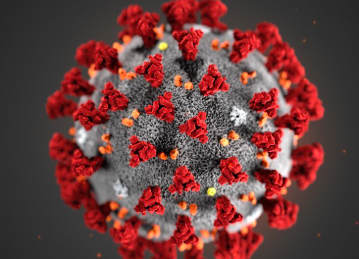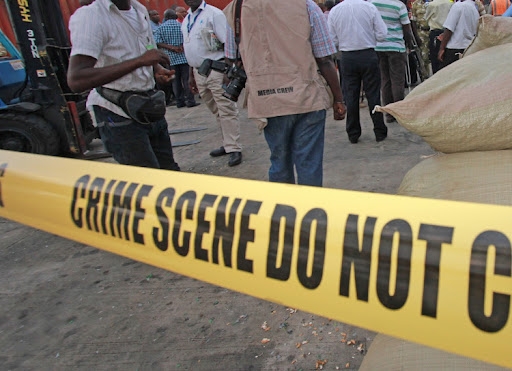

Five years after COVID-19 struck the world, the origins of the virus remain unknown.
A report released by the World Health Organization on June 27 notes that all hypotheses about how the pandemic began remain open.
The update follows an inconclusive four-year investigation, hindered by the withholding of crucial information.
WHO estimates that the pandemic has claimed the lives of at least 20 million people.
“It is a moral imperative to determine how COVID-19 began,” said WHO Director-General Tedros Adhanom Ghebreyesus, underscoring the importance of uncovering the origins of a virus that devastated global health systems and economies.
The first known cases were reported in Wuhan, China, in late 2019. Understanding how the SARS-CoV-2 virus emerged is considered critical for preventing future pandemics.
But, the WHO's extensive investigation concluded that without further data, the origins and early transmission of COVID-19 remain inconclusive
“As things stand, all hypotheses must remain on the table including zoonotic spillover and a laboratory incident,” Dr. Tedros said referring to the two primary theories surrounding the virus’s origin.
After months of delay, a WHO team of experts traveled to Wuhan in January 2021 to study the virus’s origins in collaboration with Chinese scientists.
“This is not solely a scientific endeavor it is a moral and ethical imperative,” said Dr. Marietjie Venter, chair of the WHO Scientific Advisory Group for the Origins of Novel Pathogens (SAGO) and a Distinguished Professor at the University of the Witwatersrand, South Africa.
“Understanding the origins of SARS-CoV-2 and how it sparked a global pandemic is essential to help prevent future pandemics, save lives and livelihoods, and reduce global suffering.”
At a special session of the World Health Assembly in late 2020, WHO Member States passed a resolution calling for an investigation into the origins of the virus.
In response, a joint mission of international and Chinese experts visited China in January and February 2021, publishing their initial findings in March of that year.











